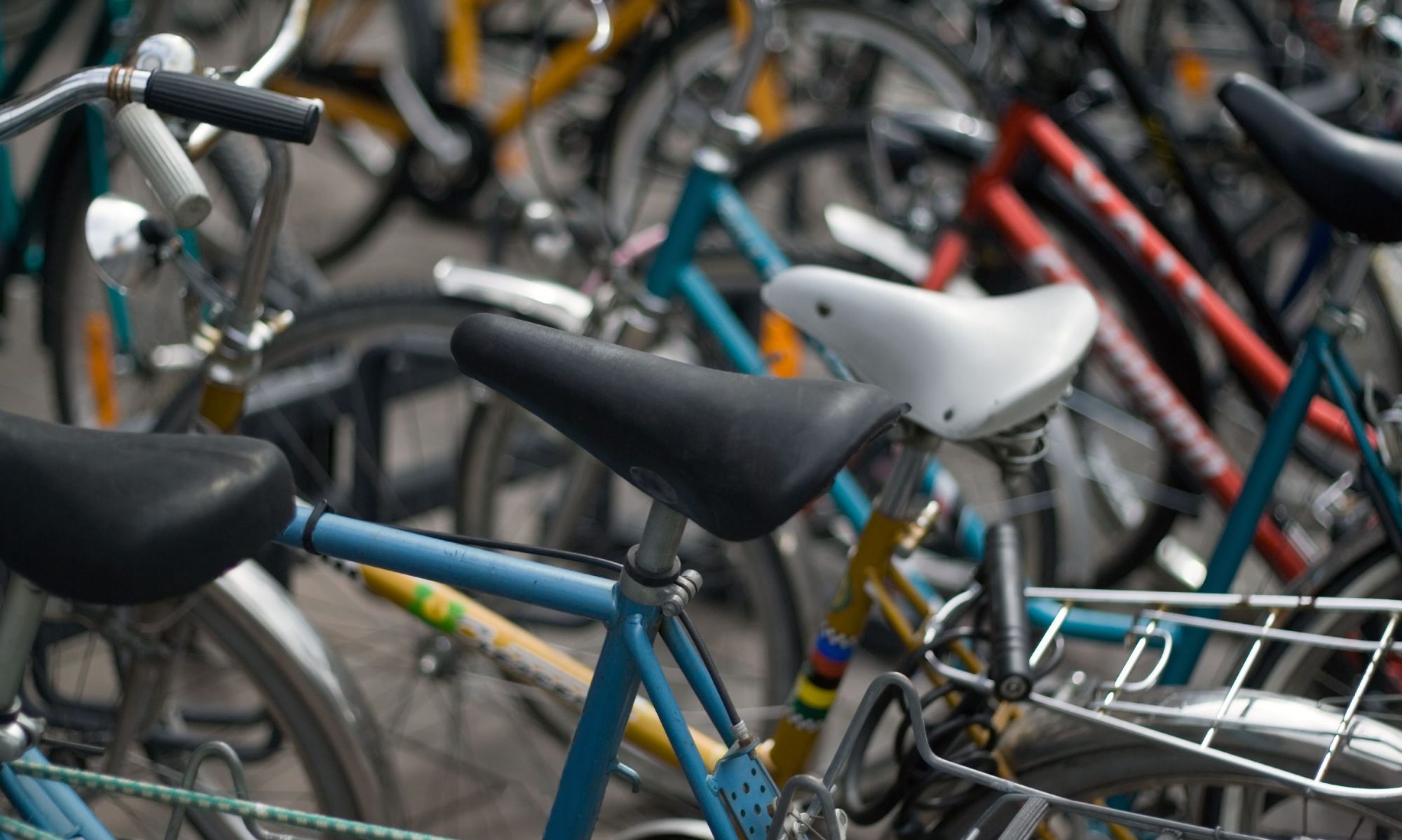The Annual Meeting of Finnish Geographers organized by the University of Oulu took place (remotely) on 4.-5.11.2021.The “Geography days 2021” provided an opportunity to learn what others are doing and hopefully also to find new contacts and future collaborators despite the remote setting. Here are some highlights from the meeting!
Authors: Vuokko Heikinheimo, Elias Willberg & Petteri Muukkonen
There are several ongoing research projects related to sustainable and healthy lifestyles at various universities and research institutes in Finland. So, we decided to call together a session regarding the topic. As a good basis for the discussions, prof. Tuuli Toivonen gave an insightful keynote on the role of mobile Big Data in geographical research and showcased findings from ongoing and past projects at the Digital Geography Lab, University of Helsinki.
Discussion about big data sources continued in parallel sessions about geographies of health and well-being and sustainable and active mobility.
University lecturer Petteri Muukkonen (DGL, University of Helsinki) presented ongoing work in the YLLI project (financed by the Lähiöohjelma 2020-2022) from the perspective of equality in suburban physical activity environments.
Vuokko Heikinheimo (Digital Geography Lab alumni, now Senior researcher at SYKE), and Linda Karjalainen (researcher at SYKE & University of Helsinki) presented ongoing work in the STYLE project: a collaboration with the Digital Geography Lab regarding the attractiveness of green spaces for physical activity, as well as findings from a recent publication about household car ownership and carless lifestyles.
In addition, researcher Anna Kajosaari (Aalto University) presented recent results from a PPGIS-based study regarding perceived restorative benefits of green spaces.
PhD student Elias Willberg (DGL, University of Helsinki) presented a work from the HOPE-project regarding environmental exposures during travel. One take-home message was that route planning (e.g. using the green-paths.web.app!) can reduce harmful exposures such as noise and air pollution for cyclists and pedestrians, but should not be seen as a replacement to the need to improve the quality of urban travel environments by planning and design.
Researcher Carlos Lamuela Orta (University of Helsinki) concluded the session from an interdisciplinary point of view by introducing the idea of using tactical urbanism (e.g. occupying urban space for pedestrians and cyclist) and micro-natural experiments (e.g. closed routes due to road constructions) to better understand & promote shift towards sustainable modes of transport.
In addition, our colleagues in the University of Oulu organized a parallel session about how geoinformatics can be used when studying a healthy society and the environment. These two sessions highlighted the increasing interest in the research community towards studying healthy and sustainable lifestyles.
To summarize these presentations, we can conclude that there is a lot of interesting research being carried out by geographers and other disciplines on healthy and sustainable lifestyles and about opportunities and possibilities to lead a healthy and active life. The session brought forward multiple projects, theses and people working with these themes at the moment. So stay tuned for updates on new research and feel free to contact us if you are interested in finding collaboration possibilities around these topics.
Links and references:
- YLLI-project: blogs.helsinki.fi/yhdenvertainen-liikunnallinen-lahio/
- STYLE-project: www.styletutkimus.fi
- HOPE-project: https://www2.helsinki.fi/en/researchgroups/digital-geography-lab/healthy-outdoor-premises-for-everyone
- Karjalainen et al. 2021: https://doi.org/10.1007/s11116-021-10239-8
- Kajosaari et al. 2021: https://doi.org/10.1016/j.landurbplan.2020.103978
- Poom et al. 2021: https://doi.org/10.1016/j.healthplace.2021.102584
- Green Paths web app: https://green-paths.web.app/
This blog post has been published earlier in the Digital Geography Lab Blog in 25.11.2021.

